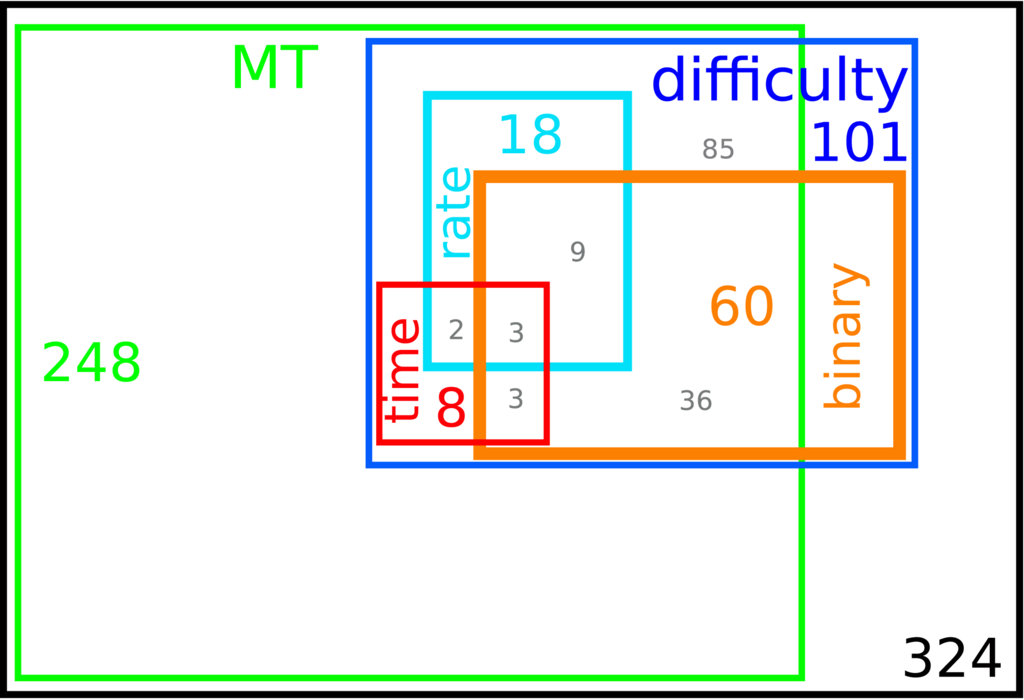Neurons estimate the difficulty of making a decision
According to a study published in PLoS Computational Biology, directed by Gustavo Deco, ICREA researcher of the Department of Information and Communication Technologies and director of the Center for Brain and Cognition.
Estimating the difficulty of a decision is a fundamental process to elaborate complex and adaptive behaviour. A study published on 10 November in the journal PLoS Computational Biology, has shown that neurons estimate the difficulty of making a decision through various strategies.
The work was led by Gustavo Deco, ICREA researcher of the Department of Information and Communication Technologies (DTIC) and director of the Center for Brain and Cognition, also involving Marina Martínez-García, Andrea Insabato, Mario Pannunzi, researchers of the Computational Neuroscience Research Group at UPF, together with other researchers from Santiago de Compostela, Germany and Portugal.

Since the first philosophical research, the relationship between the biological mechanisms of the brain and the cognitive functions (memory, attention, decision-making) has always been one of the fundamental questions in the history of thought.
In this study, the authors investigated the neural mechanisms in primates that estimate and represent the difficulty of a decision. As commented by Andrea Insabato, co-author of the study: “the estimation and representation of the difficulty is essential for complex behaviours capable of adapting to the environment, and when the result of a decision cannot be predicted with certainty, this estimate provides important information about the most likely outcome”.
Heterogeneous mechanisms to develop complex cognitive functions
The results of this research show that the neurons in a brain region located in the premotor cortex represent the difficulty of a decision using three different variables that are related with time, intensity and probability.
First, the neuronal response time: neurons increase their activity sooner when the decision is easier; secondly, the intensity of the neuronal response: the easier the decision, that much greater the increase in activity will be, and, lastly, the probability of increasing neuronal activity: the probability that a neuron increases its activity varies depending on the difficulty of the decision.
In addition, the authors have identified in the premotor cortex of primates, neurons that represent the time the subjects take to decide and this representation and estimates the difficulty of the decision. The authors conclude, in light of these results, that the brain implements heterogeneous mechanisms to fulfil a complex cognitive function.
Reference work:
Marina Martinez-Garcia, Andrea Insabato, Mario Pannunzi, Jose L. Pardo-Vazquez, Carlos Acuña, Gustavo Deco (2015), “The Encoding of Decision Difficulty and Movement Time in the Primat premotor Cortex”, PloS Computational Biology, 10 November, DOI: 10.1371 / journal.pcbi.1004502.
